The sixth annual AISES in Canada National Gathering was held in March 2024 in Vancouver, British Columbia, where First Nations peoples have made their home for nearly 14,000 years. The city’s Stanley Park and the Capilano Suspension Bridge Park are two popular examples of places that reflect the enduring influence of First Nations peoples. When Winds of Change editor Karen English and AISES Managing Director of Editorial and Special Projects Montoya Whiteman visited the Capilano Suspension Bridge, they learned more about how the bridge concept and construction incorporated place-based Indigenous knowledge.
The city of Vancouver is on the traditional unceded territories of the Musqueam, Tsleil-Waututh, and Squamish Nations.
Scottish land developer George Grant Mackay had big dreams for the emerging city of Vancouver. When he thought to build a suspension bridge spanning the chasm far above the Capilano River in western British Columbia, he reportedly consulted with two Squamish Nation brothers. 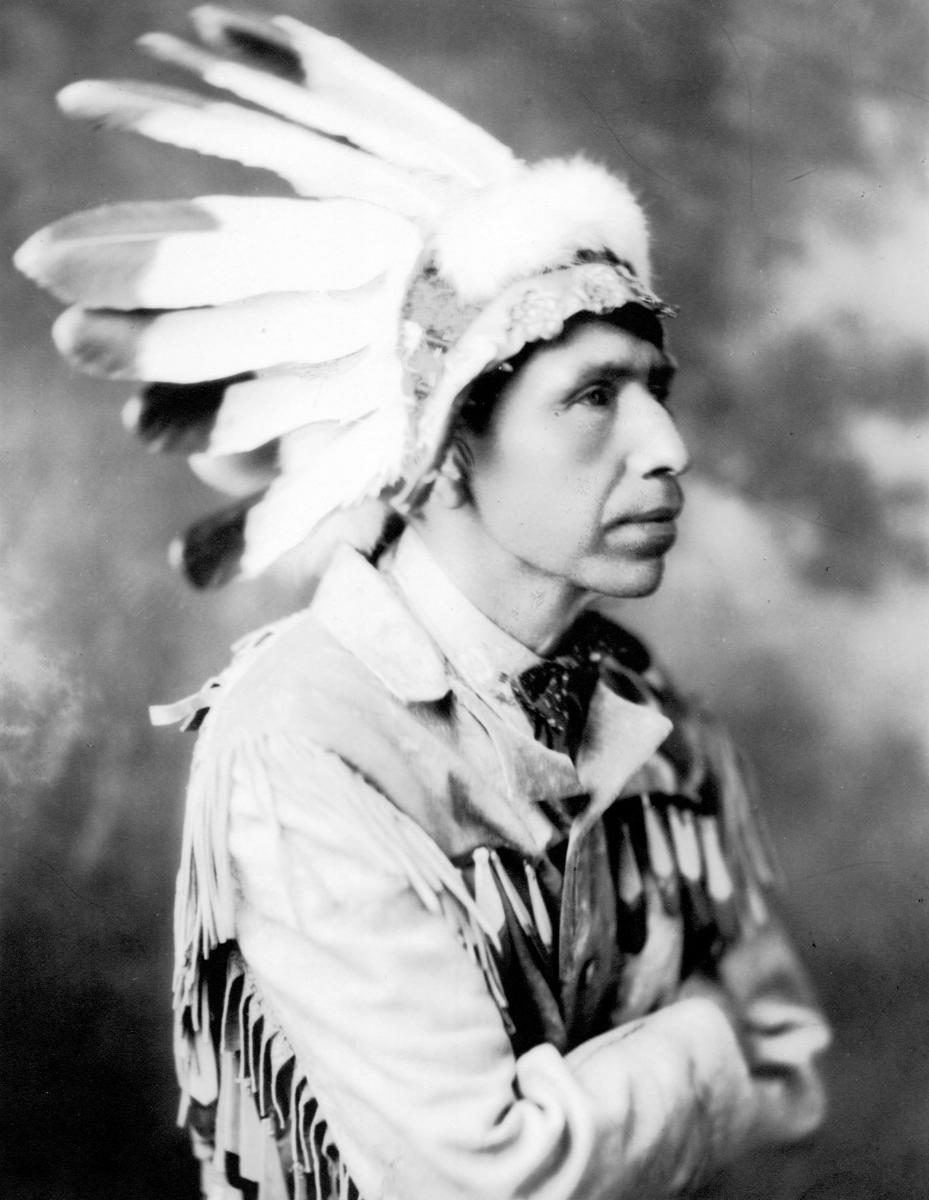 Both men, August Jack and Willie Jack Khahtsahlano, spent time between seasonal homes in the villages of Chaythoos and Seńákw (Snauq), False Creek, in what is now the Burrard Street Bridge area of downtown Vancouver. Their father, Supplejack, had a farm where they lived until 1889 when the land was designated as Stanley Park, Vancouver’s first urban park. The entire community, which was then living in Chaythoos, was eventually relocated to a small section of the Seńákw (Snauq) village; today’s Kitsilano reserve No. 6. The Vancouver suburb that is now Kitsilano is named after the Squamish chief August Jack Khahtsahlano.
Both men, August Jack and Willie Jack Khahtsahlano, spent time between seasonal homes in the villages of Chaythoos and Seńákw (Snauq), False Creek, in what is now the Burrard Street Bridge area of downtown Vancouver. Their father, Supplejack, had a farm where they lived until 1889 when the land was designated as Stanley Park, Vancouver’s first urban park. The entire community, which was then living in Chaythoos, was eventually relocated to a small section of the Seńákw (Snauq) village; today’s Kitsilano reserve No. 6. The Vancouver suburb that is now Kitsilano is named after the Squamish chief August Jack Khahtsahlano.
Logically, Mackay consulted the brothers. With their Indigenous knowledge and engineering intelligence, they had the skills and knowledge to help bring the bridge to fruition. The cedar forests, mountains, beaches, and plants were as familiar to them as breathing. Here the brothers learned and practiced seasonal subsistence hunting, fishing, and gathering. They spent their summers drying salmon and making traps on the sandbar (Granville Island) for smelt, flounder, and perch. From time immemorial, there was a stationary weir or corral there that guided fish into a narrow part where they were trapped for sustenance.
August and Willie knew every inch of the land and waterways. As an entrepreneurial logger, August drove logs down the Squamish River, and he often ferried Squamish people to Vancouver in large, heavy canoes. August once said, “You can always tell a canoe belonging to a Squamish Indian. No other canoes I know of have the straight stem with the projecting counter above it.”
The brothers were highly skilled carpenters whose grandfather Chief Khahtsahlano migrated from his ancestral home to the area to harvest the large circumferential cedar trees that were a prime resource for canoe making. Following Chief Khatsahlano, the brothers harvested the cedar in Squamish tradition making canoes, masks, dwellings, and other utilitarian uses throughout their lives.
Capilano Suspension Bridge Then and Now
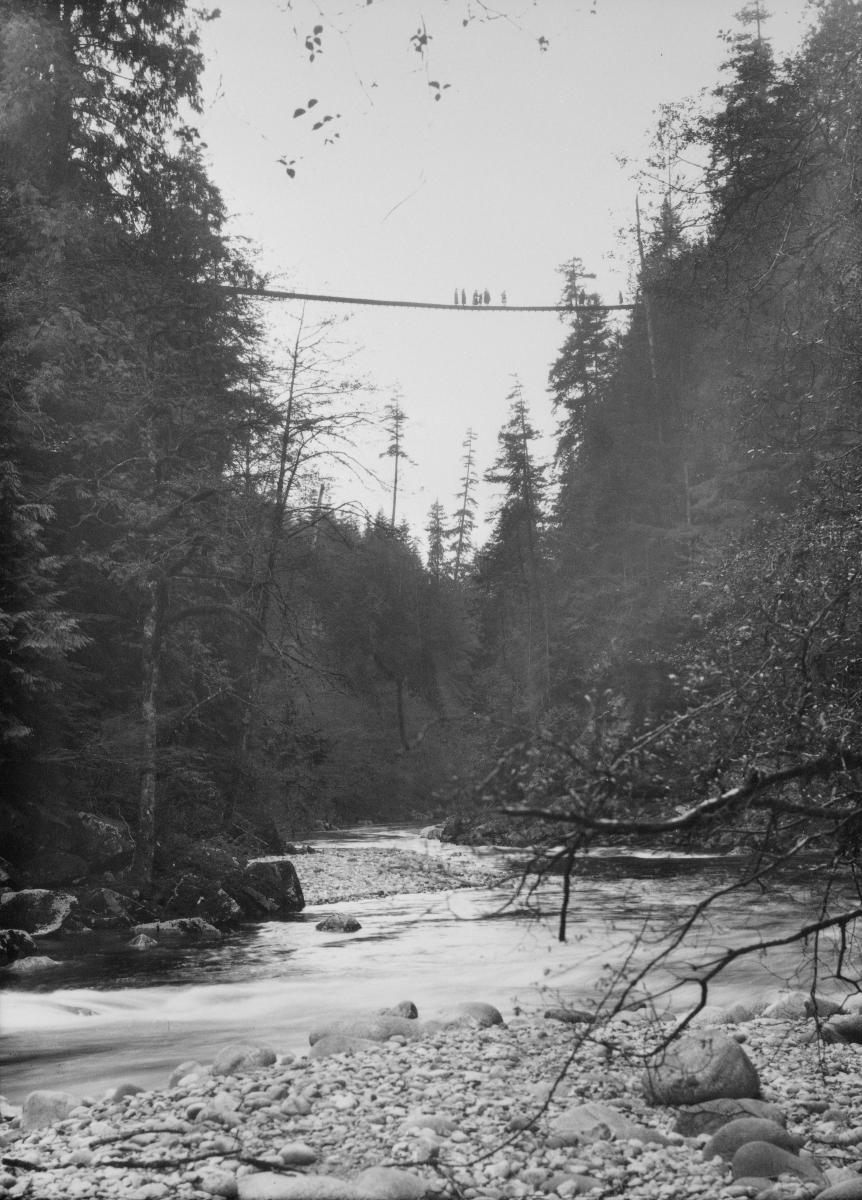 Around 1889 road development in Stanley Park and the creation of the Capilano Suspension Bridge both began. When finished, the bridge linked Mackay’s land on the opposite sides of the Capilano Canyon, stretching above the river 230 feet below.
Around 1889 road development in Stanley Park and the creation of the Capilano Suspension Bridge both began. When finished, the bridge linked Mackay’s land on the opposite sides of the Capilano Canyon, stretching above the river 230 feet below.
The original bridge was made of hemp rope and cedar planks secured to two large Douglas fir trees on one side of the Capilano Canyon and anchored on the opposite side to a buried tree.
Today, the Capilano Suspension Bridge continues as an engineering wonder spanning 460 feet over the Capilano River. The bridge and its owners have changed multiple times over the years. In 1903 the hemp rope was replaced by wire cables. Another owner installed totem/story poles in the park. Today about 1.3 million people cross the bridge annually to admire the view of the gorge and the dense surrounding forest of massive Douglas firs.
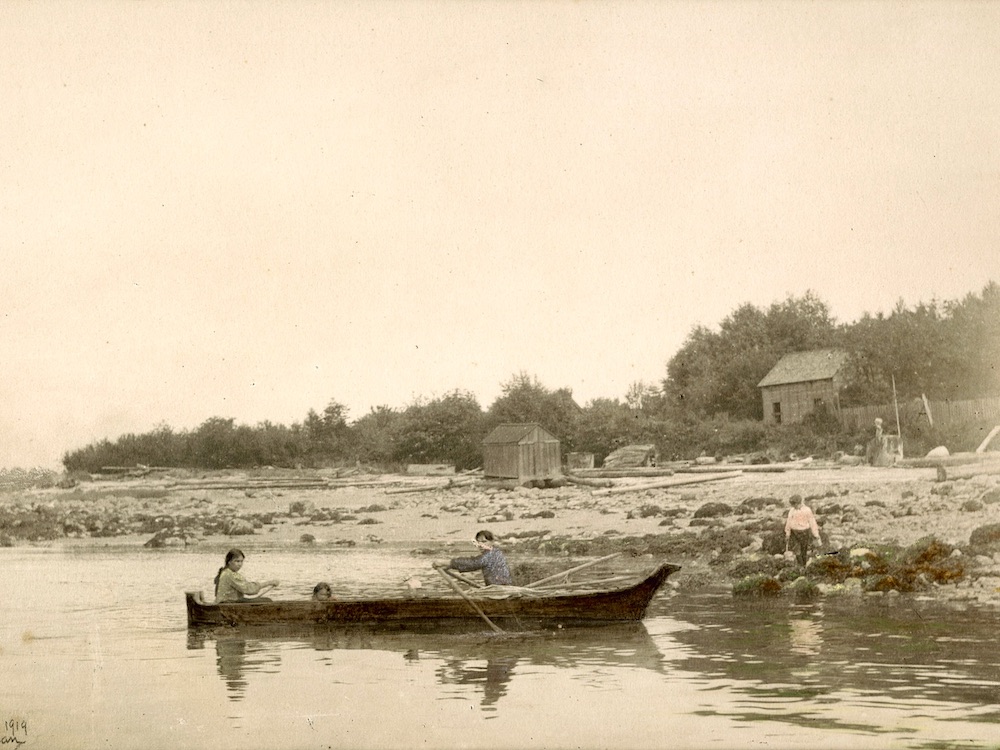
August Jack’s Legacy
August Jack Khahtsahlano died in June 1967 one month before he would have reached the age of 100. He lived his life as a Squamish hereditary chief, medicine man, artist, storyteller, and historian.
Decades before his passing, he talked with Major James S. Mathews, Vancouver’s first city archivist. Matthew’s transcribed conversations were published by Massy Books as Conversations with Khahtsahlano, 1932–1954. The men discussed everything from area history, legends, and traditions like the potlatch and, of course, traditional Indigenous knowledge.
A self-described “advocate for decolonization,” author and Sto:lō member Lee Maracle spent time with Khahtsahlano as a girl. In the short story Goodbye, Snauq, she writes, “He was a serious rememberer who paid attention to the oracy of his past, the changing present, and the possibility of a future story.”
Squamish People Today
In 2023, the Squamish Nation launched Seńákw Development at the village site where the Squamish Nation have been for thousands of years. The project is building more than 6,000 rental units spread across 11 towers in phases at the south end of the Burrard Street bridge. A total of 250 affordable units have been reserved for Squamish Nation members wanting to live at Seńákw. It is the largest First Nations economic development project in Canadian history.
Want to learn more about the Squamish Nation? Published in January 2024, the book We Come from This Land: A Walk Through the History of the Squamish People tells the past, present, and future story of the Squamish Nation, which now has 4,100 members.
Photos Credit: City of Vancouver Archives

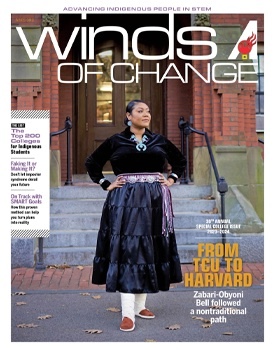


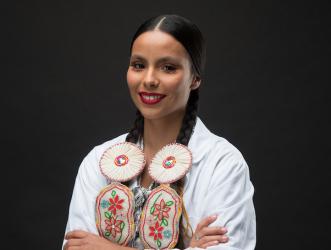

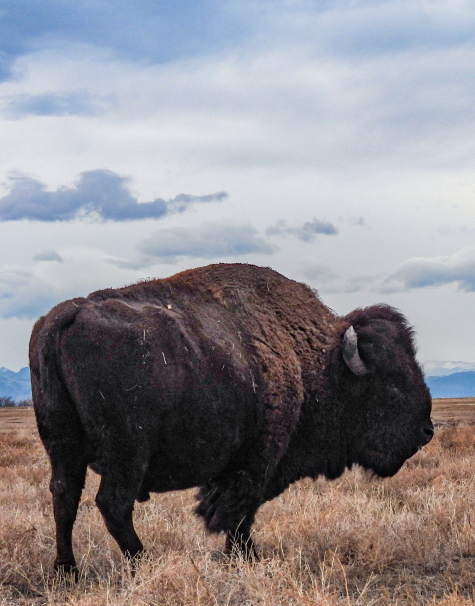





 Facebook
Facebook Twitter
Twitter Linked In
Linked In YouTube
YouTube